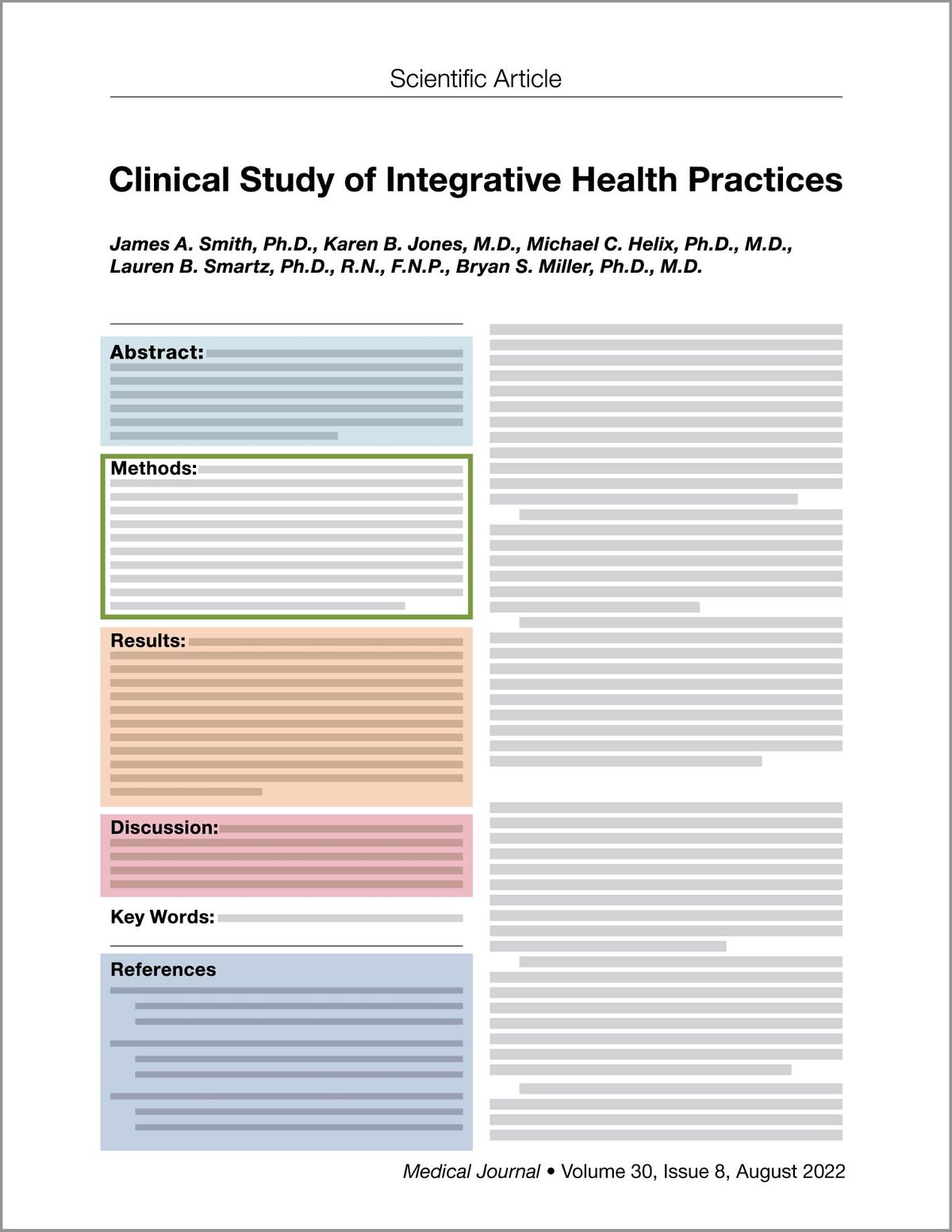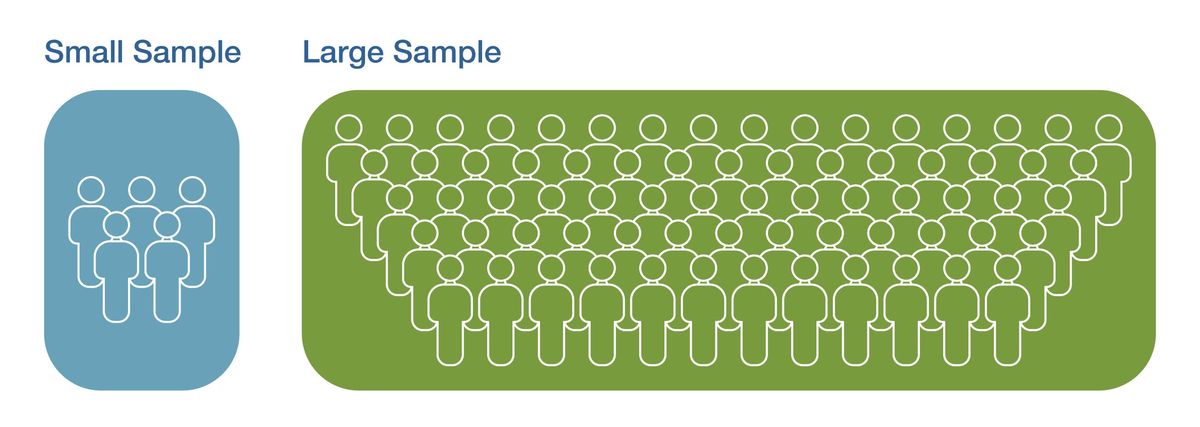Know the Science: How To Make Sense of a Scientific Journal Article

Click on one of the highlighted areas to learn more
Methods
Size of the Study
The number of people participating in a study, or the sample size, can affect the outcome of a study and what the results mean.

- Small sample sizes may produce inconclusive results.
- Small sample sizes are more likely to produce results due to chance.
- Large sample sizes may give more reliable results.
- Large sample sizes may better reflect the population.
- Large sample sizes may increase the chances that the result was accurate.